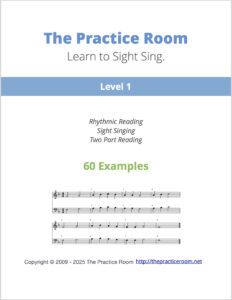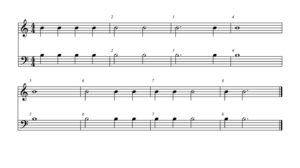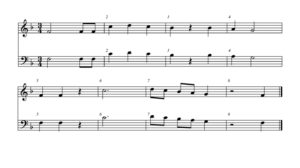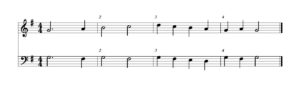Teach Sight-Singing With Confidence
I used these exercises for over 20 years in my own choir room. They’ve been redesigned to follow a clear, logical sequence—classroom-ready and built to help students grow one small step at a time. I took everything I wrote over those years, reorganized it to work beautifully in any choir setting, and even added more exercises along the way. Many of them now have matching video support, and I’m continuing to build out the full library so you’ll have even more resources at your fingertips—without any confusing extras.
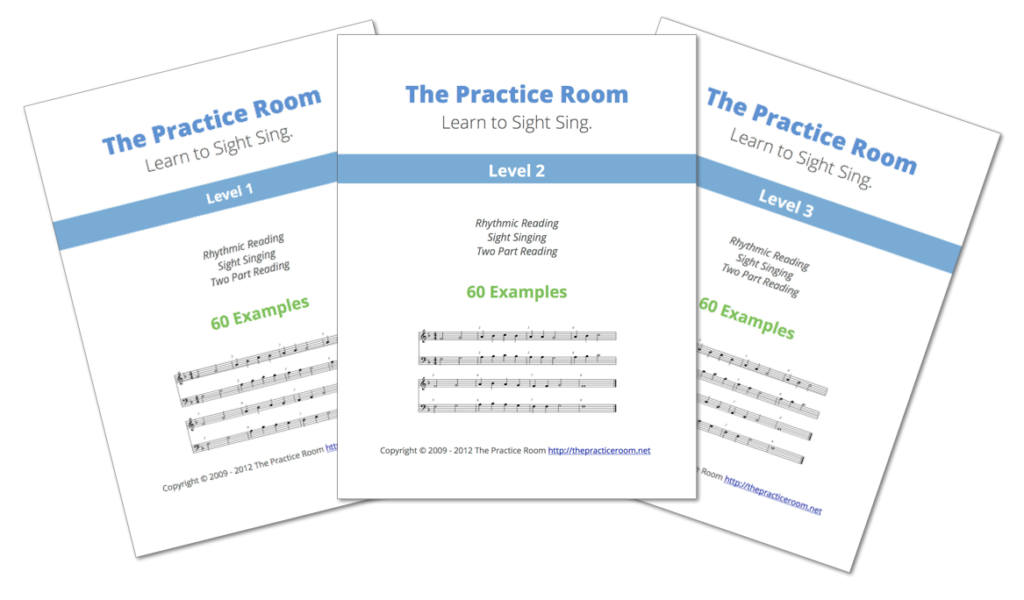
Teacher-tested. Classroom-proven. Student-ready.
Whether you’re new to teaching sight-singing or just tired of stitching together resources that don’t quite fit, this curriculum is here to make things easier.
New videos are added each week.
Why Sight-Singing Feels So Hard
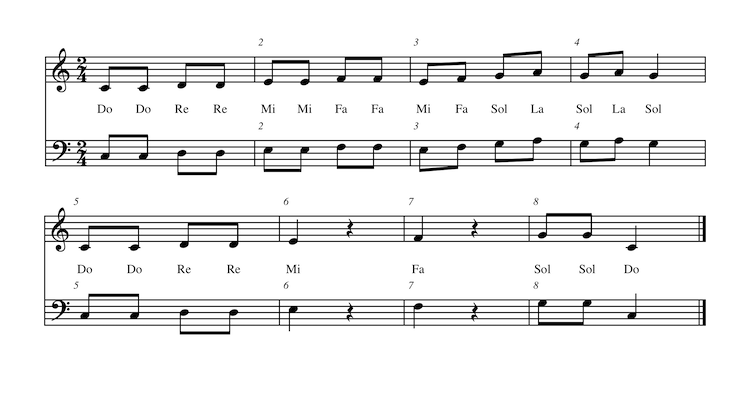
You know it matters.
You know your students need it.
But making it actually happen in class? That’s the hard part.
- It’s tough to find time for it in daily rehearsals
- You know you should be teaching it, but you don’t have the right materials.
- You’ve thought about writing your own exercises — but who has the time or energy?
So it slips down the list. Or gets pushed to “tomorrow.” And meanwhile, your students aren’t getting what they need. You’re not alone. That’s exactly why this curriculum exists.
What If You Had a Curriculum That Already Worked?
What if the plan was already made?
The sequence already built?
The materials already ready?
That’s what this curriculum is.
It’s the system I used in my own classroom for over two decades. One step at a time. Clean, consistent, and musical. You just print it, open to the next page, and start.
You don’t have to create it. You just get to teach.
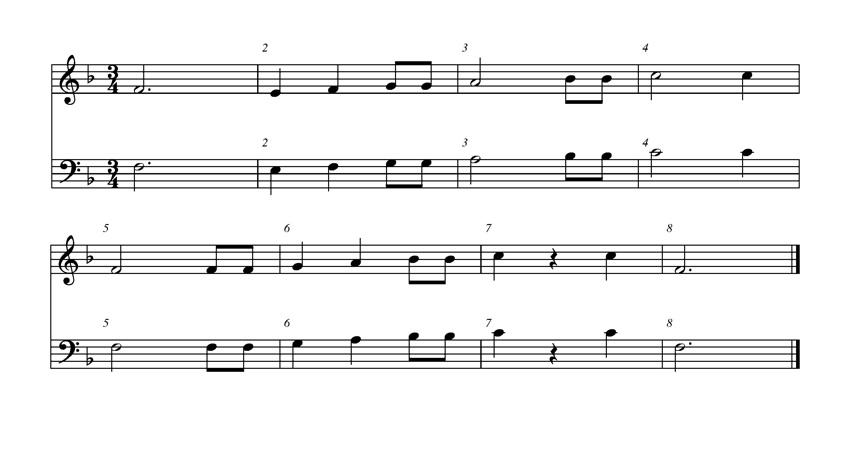
You’ll get immediate access to:
- Ten leveled sight-singing workbooks in major keys (Levels 1–10)
- Natural Minor workbook
- Real Music collection — hymns, madrigals, Bach chorales & more
- Teacher Quiz Book
- Dictation Workbook
- Interval Drills
- Matching YouTube videos (more added each week)
- Licensed for use with your own students — no subscriptions, no per-student fees.
Your purchase includes a license to print and use these materials with your own students — as much as you’d like. They’re not licensed for redistribution or sharing beyond your own classroom.
👨🏫 For You
— No prep. No stress.
— You just open the book and go.
— The planning’s already done.
🎵 For Your Students
— Confidence grows daily.
— Routine becomes second nature
— Skills they actually remember
🧠 For Rehearsal
— It fits right into what you’re already doing.
— Use it as a warm-up.
— No scrambling required.
Still Wondering if This is Right for You?
🌀
Sound familiar?
You want to teach sight singing, but you don’t have a system that works. You’re short on time, short on energy, and overwhelmed by everything else you’re already doing. You’ve tried before, but nothing really stuck.
🧭
You’re covered.
These books give you a classroom-tested sequence that you can start using right away—no prep required. They help your students grow, and they make your teaching life easier. You don’t have to reinvent the wheel.
Ready to bring sight-singing into focus?
Choose the workbook that fits your choir and start tomorrow—no prep required.

